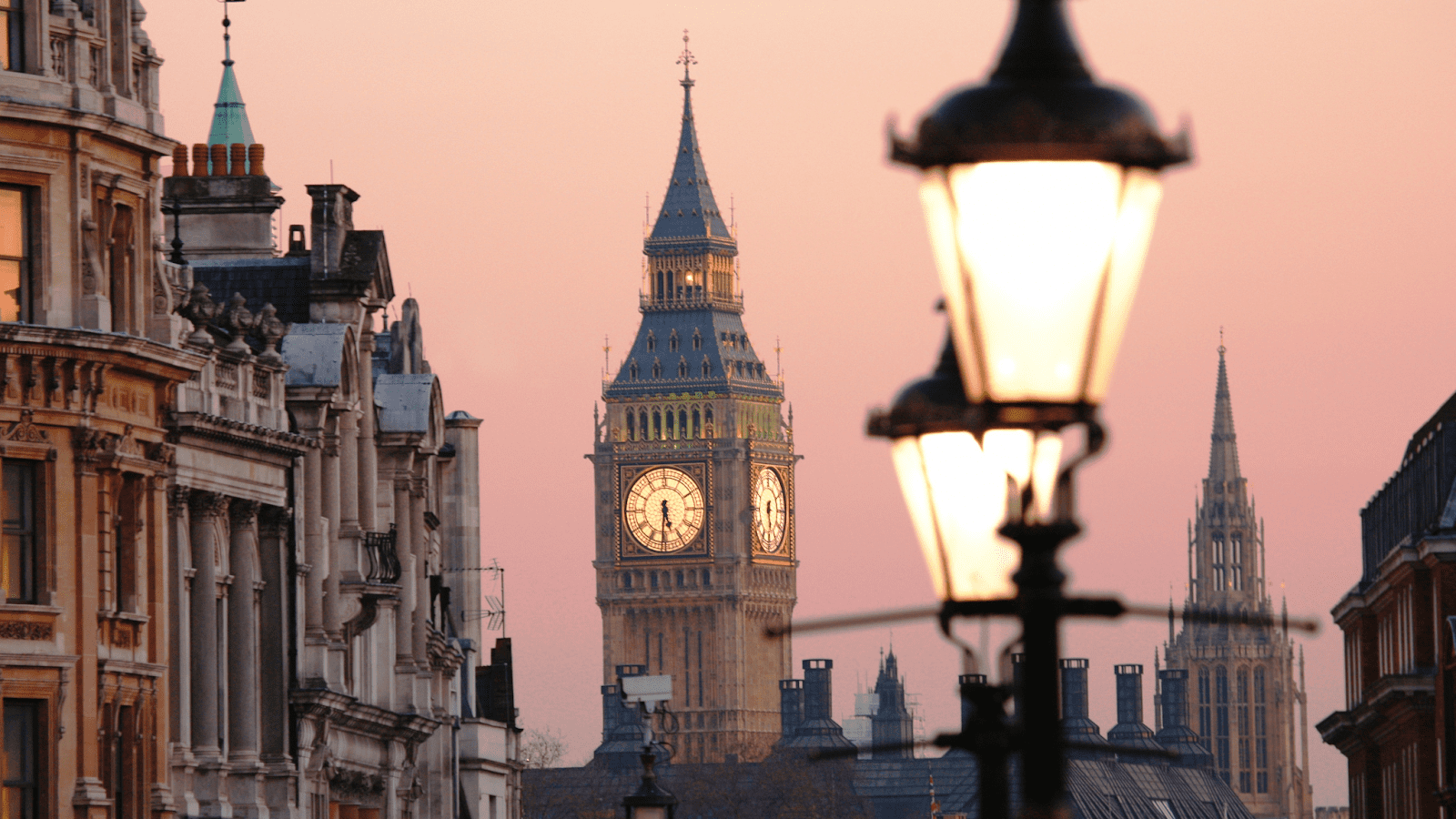Thinking of London, most people imagine the main symbols of the city. These are red telephone boxes and double-decker buses, but for many, the capital of Great Britain is associated with lanterns along the River Thames. Street lighting (especially over the river) creates a special atmosphere in a city. Moreover, London street lighting has an interesting history, which tells us about its introduction, the public life before its appearance, the creation of new lighting technologies and a profession that no longer exists today. So, what is the history of street lighting in one of the most developed cities? Learn more at london-future.
Prerequisites for the appearance of street lighting
For quite a long time, people in London and around the world couldn’t even imagine that the streets of their city would be lit at night. In general, the ordinary everyday life of the English, for example, in the Middle Ages didn’t require a lot of artificial light. The working hours and other activities were planned in such a way to be done until sunset. After dark, people lit fireplaces and their light was enough for households. However, the world was developing and the lack of street lighting led to the spread of crime in London.
The first lanterns
In general, the first street lighting in London was powered by gas. Although it was quite dangerous and we know about several cases of causing fires, this method remained relevant for quite a long time. The first use of gas street lighting was demonstrated by a German inventor who moved to Great Britain, Frederick Albert Winsor, on January 28, 1807. Since then, lanterns began to appear along the London streets. In addition, it created a new profession in the city. Its representatives were extinguishing and lighting lanterns at a certain time of the day. That time depended on the season.

A gas street lamp illuminated only a small area around it. The lamppost had a horizontal bar, which served as a secure support for a lamplighter climbing up the ladder. There were dark areas between the lanterns. The light wasn’t very bright, but it was much better than moonlight. The emergence of street lighting has somewhat improved the crime rates in the city. However, in the dark alleys and unlit areas between the lampposts, robbers continued their activity. Later, in 1846, the engineer Frederick Hale Holmes invented an electric arc lamp. However, this method was too expensive for street lighting and was used mainly for station lighting. Later, lamplighters were no longer needed in London, as the lanterns were installed with the well-known modern electric lamps.
The improvement of road traffic
Another significant event, which in some way relates to street lighting, was the installation of the first traffic light in 1868. In addition to being an architectural object, the traffic light was designed to reduce the number of road accidents and solve the issue of safe street crossing. Back then, such an object turned into an additional source of illumination at dark and performed its task better than any other lantern.